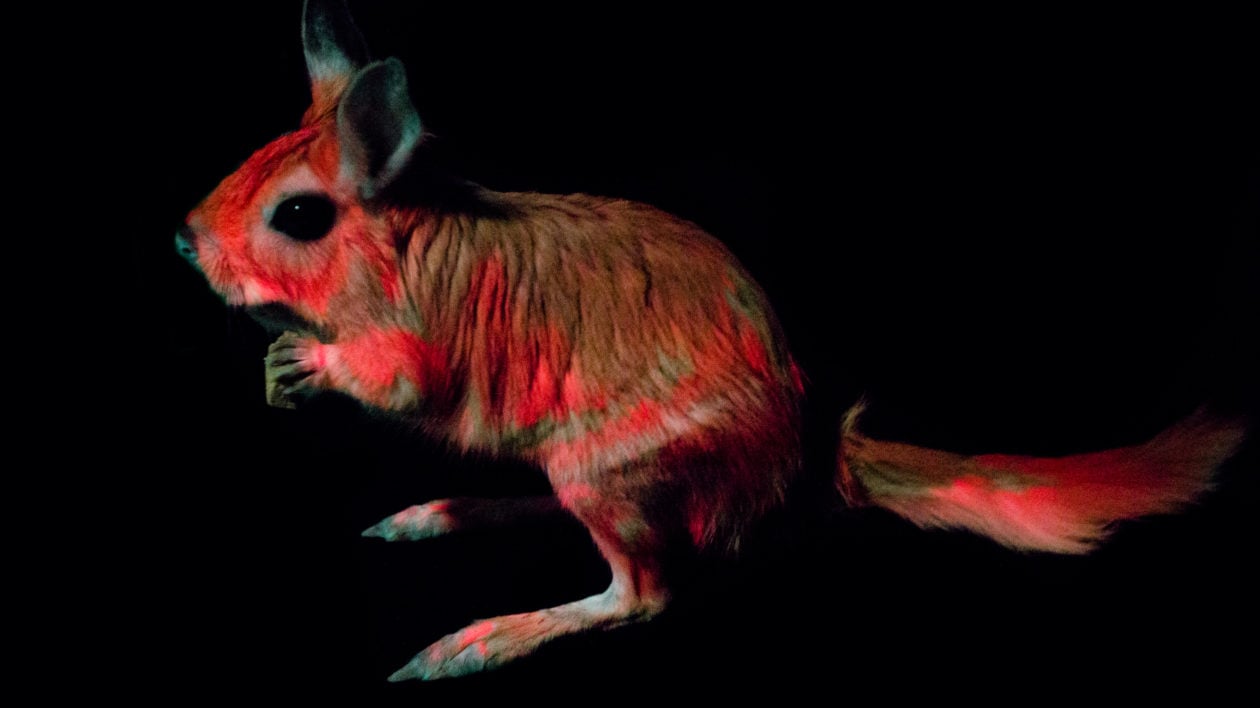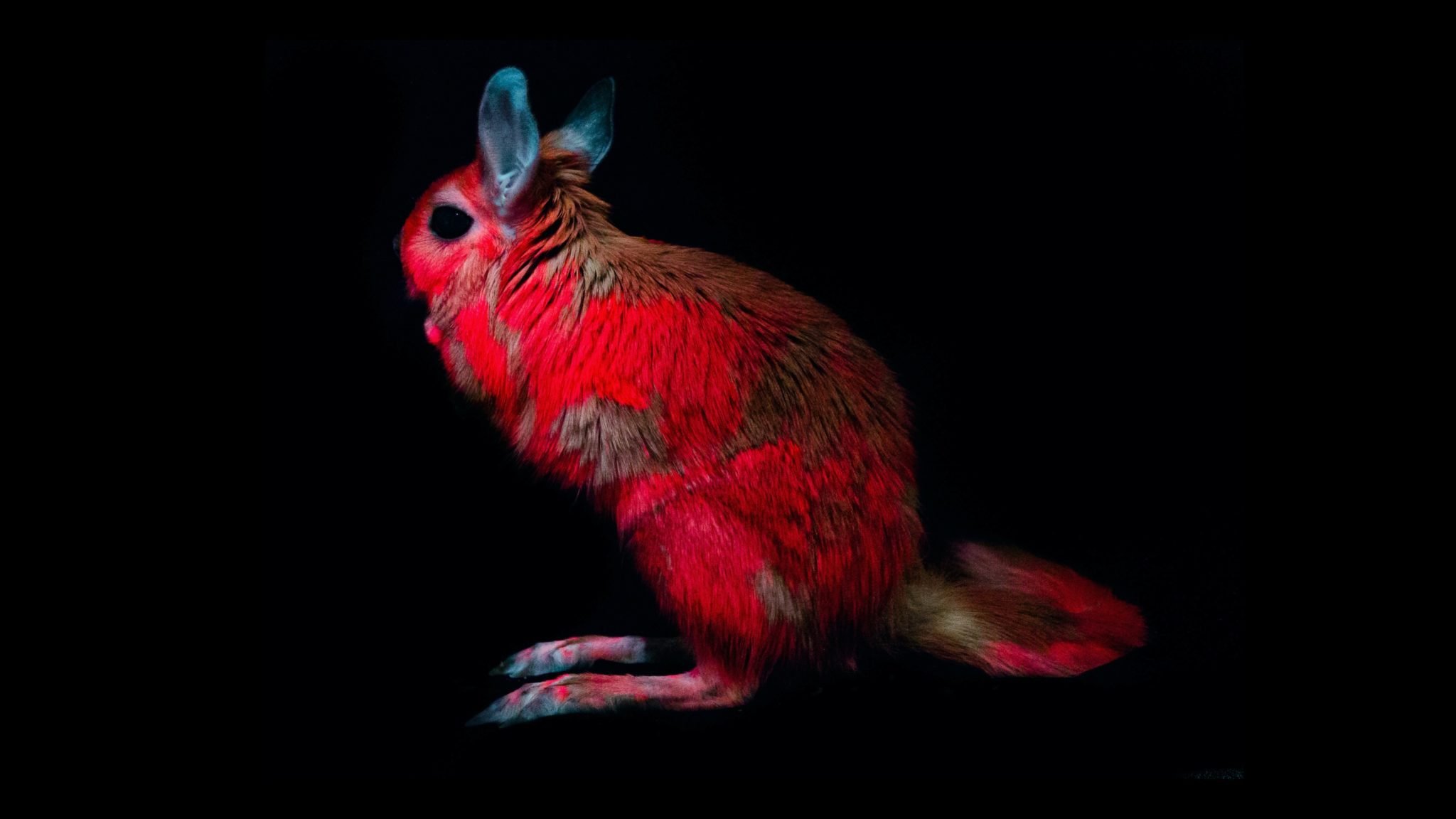
Biofluorescence refers to an organism's ability to absorb ultraviolet light (UV) and emit it as a colorful glow. The skill has been documented in fish, amphibians, reptiles, birds, and even microscopic tardigrades. However, glow-in-the-dark mammals are still new to science. They currently include just a handful of nocturnal animals such as flying squirrels, opossums, and platypuses. The latest to hop on to this elite list is a jumping rodent called the springhare.
Springhares, which look like a mix between a kangaroo and a rabbit, are the sole members of the rodent genus Pedetidae. The two species — P. capensis and P. surdaster, found respectively in South Africa and East Africa — have short forelimbs and kangaroo-like hind legs that are used for hopping.
The African mammals' color-emitting abilities came to light when Erik R. Olson and his team went to Chicago's Field Museum of Natural History in 2021. The researchers from Wisconsin's Northland College had hoped to examine the fluorescence of flying squirrels. However, the specimens in the drawer turned out to be scaly-tailed squirrels, which didn't glow. But when their UV flashlight beamed on the springhares in the adjacent drawer, the fur instantly lit up. Even a sample collected in 1905 had not lost its ability to glow!
"We saw this pinkish-orange biofluorescence in the drawers, and that was an exciting moment," Olson told Live Science in an email. "Seeing something like this, probably for the first time — it really stoked the fires of curiosity."
The team later examined 15 museum specimens and six captive springhares — five living and one dead. In each case, the animal's dark brown fur lit up in spirals of vivid pink and orange when exposed to UV light. The scientists attribute the springhares' glowing colors to organic compounds called porphyrins. They believe that two — coproporphyrin and uroporphyrin — found in the animals' fur are responsible for the vivid pink color. While both males and females can glow, the springhares' bright patterns vary drastically between individuals. This has never been seen before in other animals.

The researchers are not sure why mammals like the springhares evolved biofluorescent abilities or what they use them for. They speculate it could be a form of camouflage to confuse predators sensitive to UV light. It could also be a way for some animals to get rid of toxins through their fur.
But given that the fluorescent mammals discovered thus far span three different continents and live in entirely different ecosystems, the researchers suspect there are many more just waiting to be discovered. So, the next time you head out for a late-night walk, be sure to carry your UV flashlight — you may just stumble upon a new glow-in-the-dark mammal!
Resources: LiveScience.com, theguardian.com, blog,nature.com
